Always bear in mind the remarkable power of essential oils. To provide some context, let's delve into some numbers. Essential oils are 50 to 70 percent more potent than their herbal equivalents, making them more efficient and cost-effective for homeopathic remedies and everyday cooking, where dried herbs are typically used. So, what does that percentage entail? Here's an easy-to-remember example: a single drop of pure, high-quality peppermint essential oil is equivalent to 28 cups of peppermint tea. That's 28 cups! It might take some time for this astonishing fact to sink in, but it's crucial to grasp the strength of these oils before incorporating them into your household. Accustomed to a super-sized world, it might take us a moment to comprehend the extent to which a single drop of essential oil can go and the power it possesses.
Now, let's think about an everyday cooking and flavoring item—a lemon. At the supermarket, a lemon's price can range from 50 cents to a dollar, or even higher for organic options. We use lemons in various ways, from juicing them for seafood dishes to adding the peels to water for a hint of lemon flavor. The cost of lemons might not seem significant until you consider how much you spend on them to create a specific taste. A bottle of lemon essential oil (EO) usually contains about 250 drops and is among the most affordable oils to buy, with numerous applications. Typically, one drop of lemon EO costs around four to five cents, but producing a 15-milliliter bottle of lemon EO requires approximately 50 lemons. The power of one drop of lemon oil far surpasses what you could extract from a whole lemon.
Sure, there's something special about fresh lemon flavor in cooking, but imagine using just one drop of lemon essential oil instead of lemon juice to flavor your daily smoothie! There's a considerable difference in cost and taste.
What makes some essential oils incredibly pricey? It often comes down to the amount of plant material required to produce the essential oil. For instance, rose essential oil remains one of the most expensive essential oils available.
It takes 105 pounds of rose petals to produce merely five milliliters of rose essential oil or 10,000 pounds of petals to distill one pound of rose essential oil! Consequently, many perfume companies opt for a more affordable alternative containing chemically similar compounds that mimic rose scent to keep costs low.
For example, geranium oil is frequently used as a substitute for the more expensive rose oil in both the perfume and essential oil industries. Not only can geranium replace rose oil, but it can also be significantly diluted with a carrier oil, diminishing its potency. The perfume industry employs "fragrance oils," which are undoubtedly distinct from essential oils. In fact, even products labeled as "natural fragrance" are likely synthetic imitations.
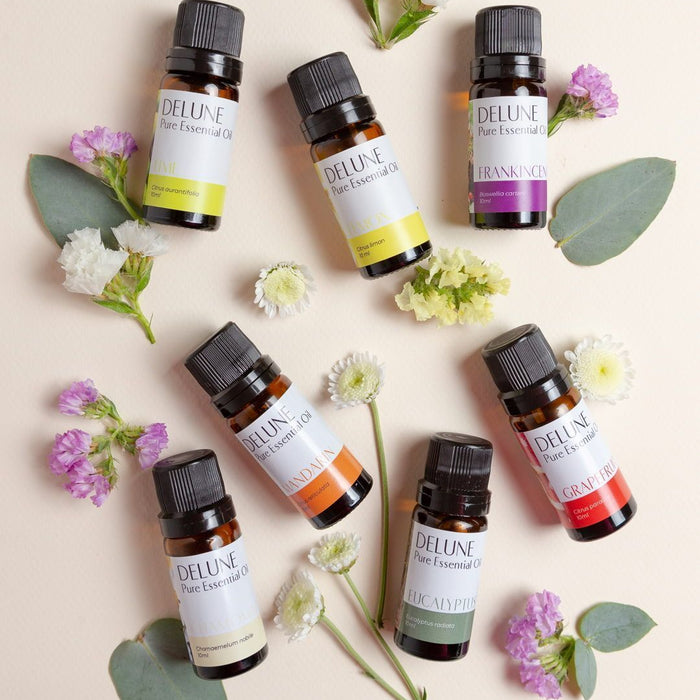


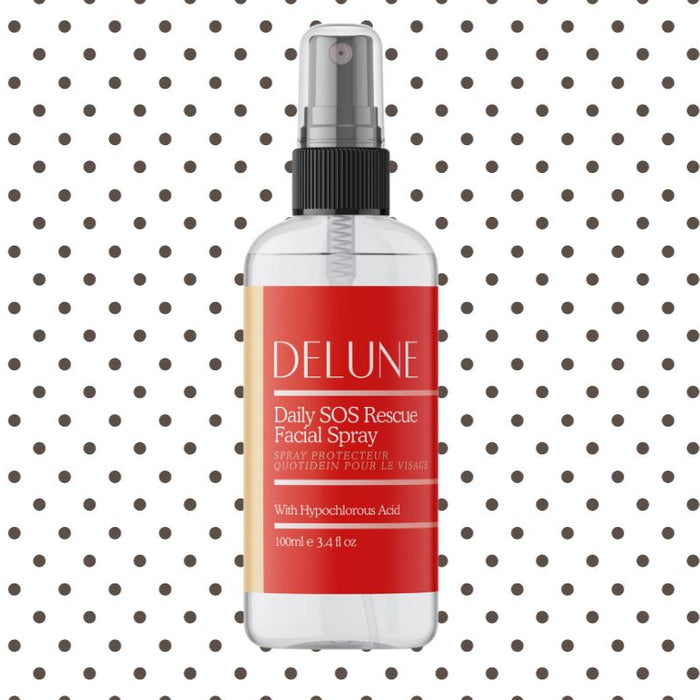

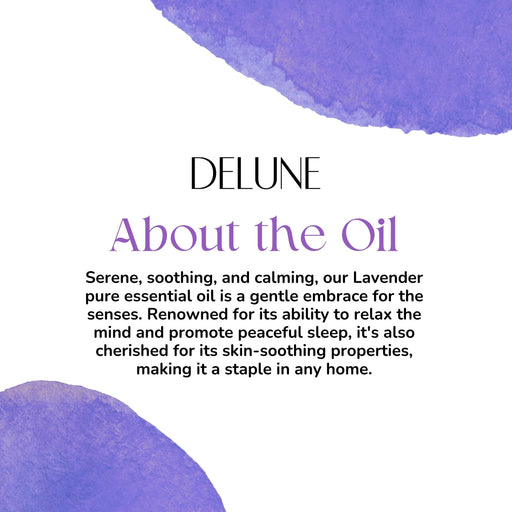
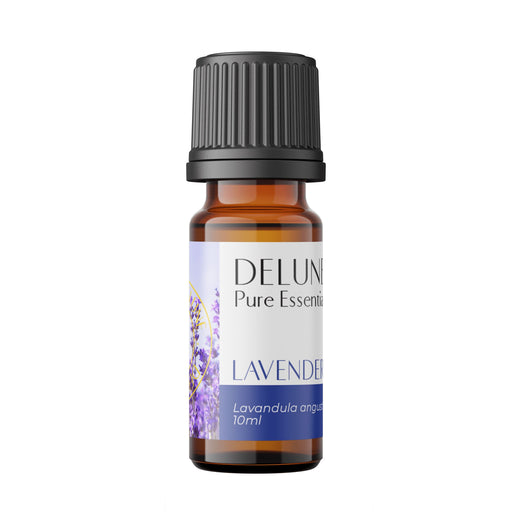

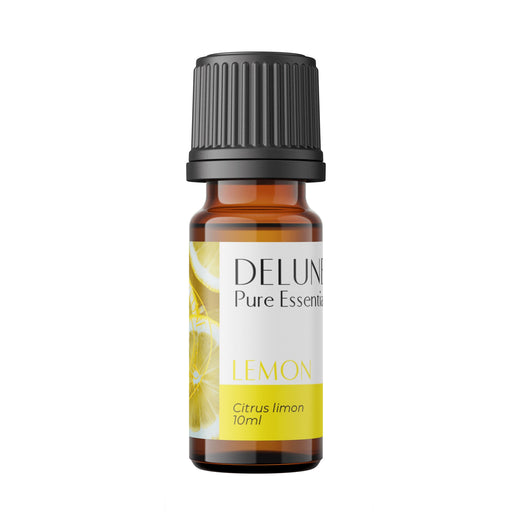
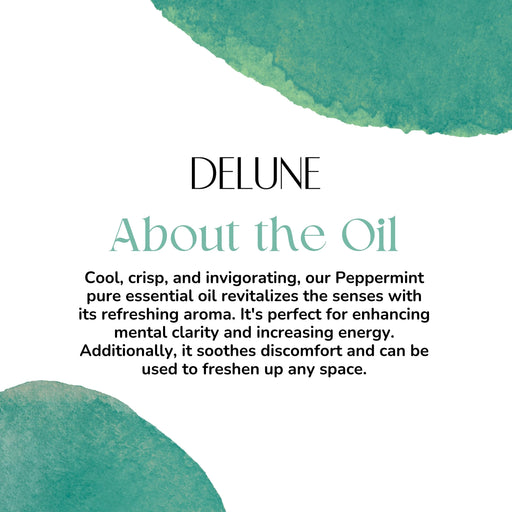


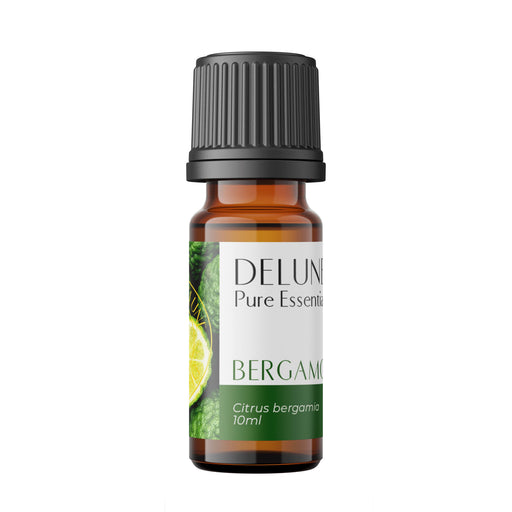

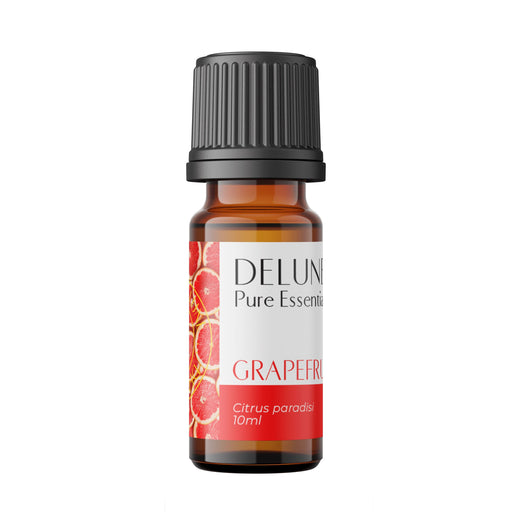
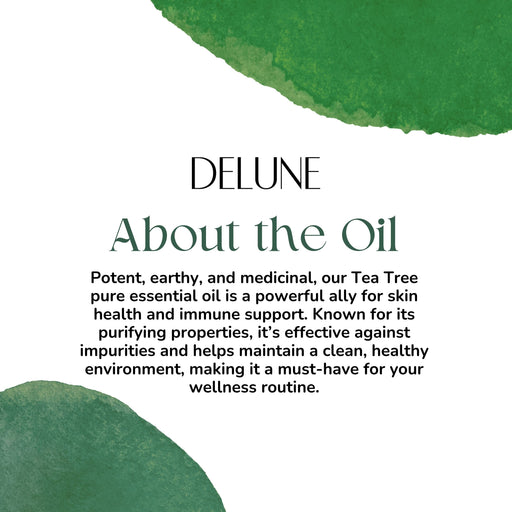
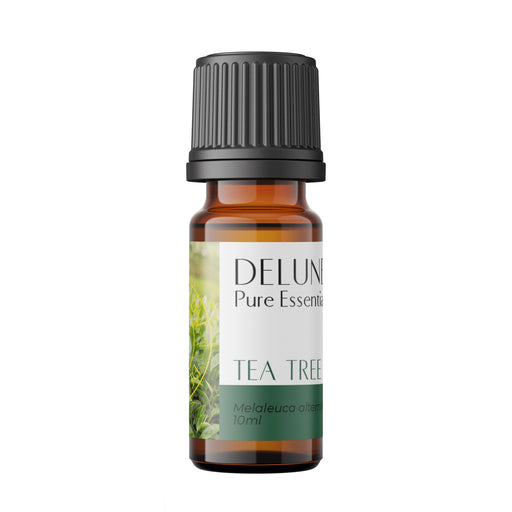
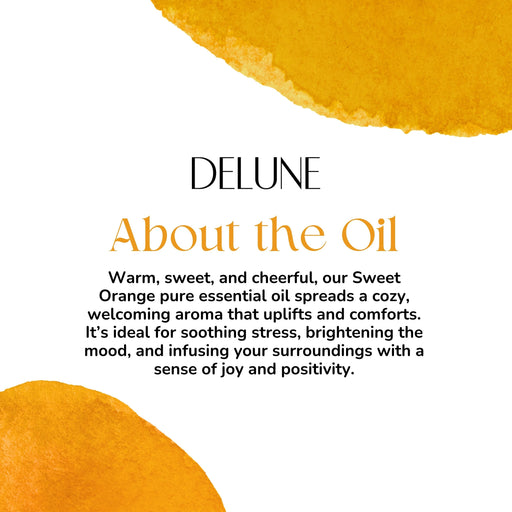

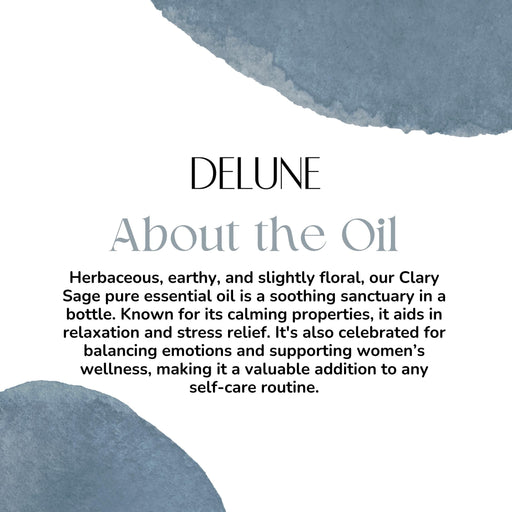
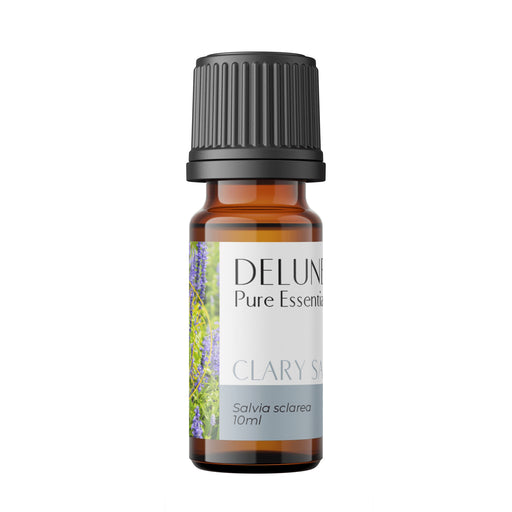
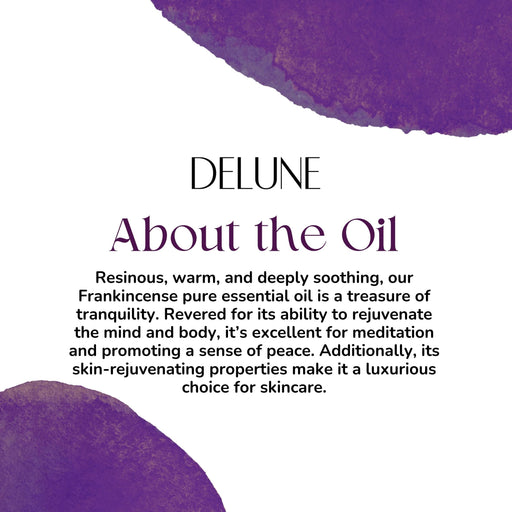
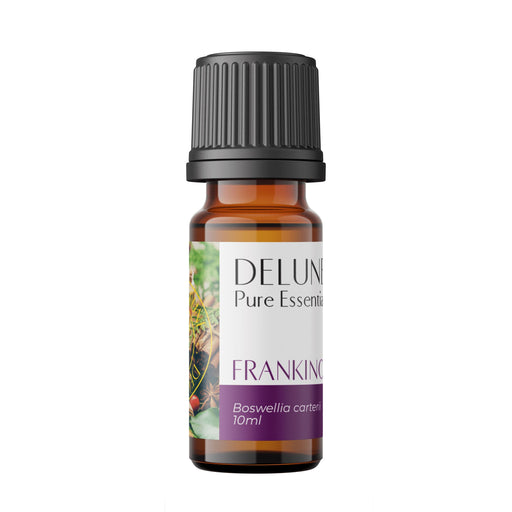
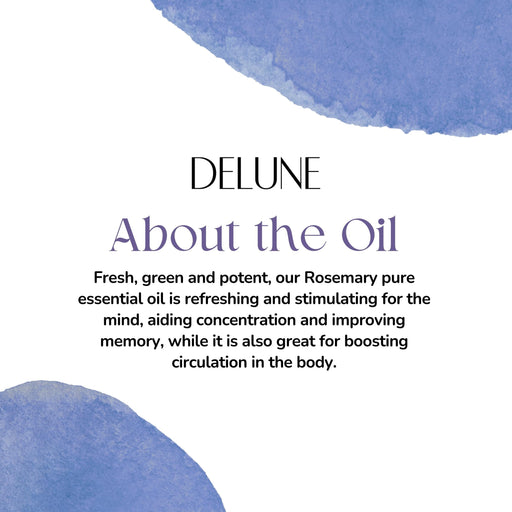

Leave a comment